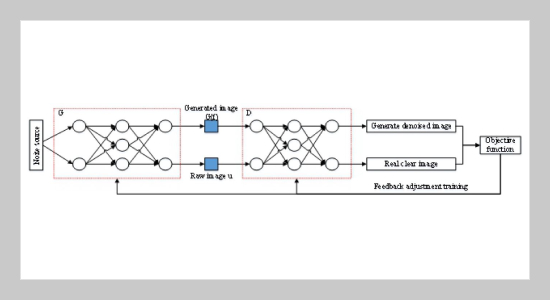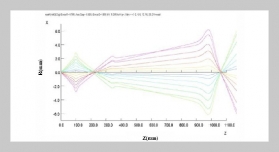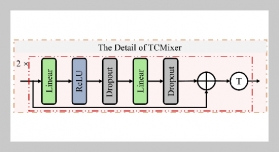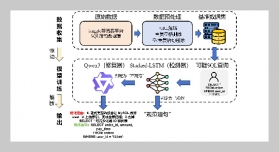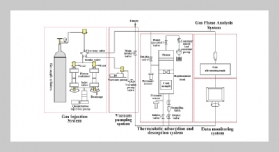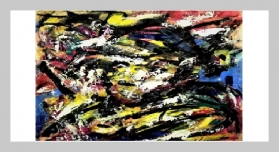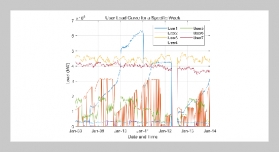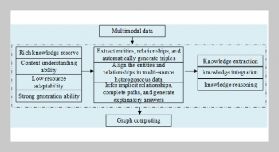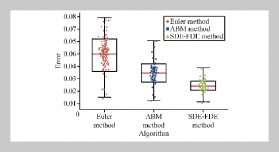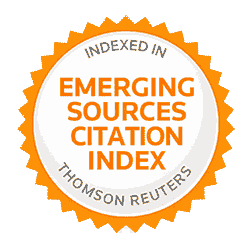REFERENCES
- [1] H. Zeng, X. Xie, and J. Ning, (2021) “Hyperspectral image denoising via global spatial-spectral total variation regularized nonconvex local low-rank tensor approximation" Signal Processing 178: 107805.
- [2] J.-C. Cheng, C. Bevington, A. Rahmim, I. Klyuzhin, J. Matthews, R. Boellaard, and V. Sossi, (2021) “Dynamic PET image reconstruction utilizing intrinsic datadriven HYPR4D denoising kernel" Medical Physics 48(5): 2230–2244.
- [3] S. Ganesan, K. Dhanasekaran, and N. Nishavithri. “De-noising The Image Using Non Local Means Filtering”. In: 2021 International Conference on System, Computation, Automation and Networking (ICSCAN). IEEE. 2021, 1–5.
- [4] J. H. Friedman and J.W. Tukey, (1974) “A projection pursuit algorithm for exploratory data analysis" IEEE Transactions on computers 100(9): 881–890.
- [5] S. Shrestha, (2014) “Image denoising using new adaptive based median filters" arXiv preprint arXiv:1410.2175:
- [6] K. He, X. Zhang, S. Ren, and J. Sun. “Deep residual learning for image recognition”. In: Proceedings of the IEEE conference on computer vision and pattern recognition. 2016, 770–778.
- [7] J. G. Serra, M. Testa, R. Molina, and A. K. Katsaggelos, (2017) “Bayesian K-SVD using fast variational inference" IEEE Transactions on Image Processing 26(7): 3344–3359.
- [8] K. Dabov, A. Foi, V. Katkovnik, and K. Egiazarian, (2007) “Image denoising by sparse 3-D transform-domain collaborative filtering" IEEE Transactions on image processing 16(8): 2080–2095.
- [9] L. Teng and H. Li, (2019) “CSDK: A Chi-square distribution-Kernel method for image de-noising under the Internet of things big data environment" International Journal of Distributed Sensor Networks 15(5): 1550147719847133.
- [10] X. Wang, Q. Tao, L. Wang, D. Li, and M. Zhang. “Deep convolutional architecture for natural image denoising”. In: 2015 International Conference on Wireless Communications & Signal Processing (WCSP). IEEE.2015, 1–4.
- [11] K. Zhang,W. Zuo, Y. Chen, D. Meng, and L. Zhang, (2017) “Beyond a gaussian denoiser: Residual learning of deep cnn for image denoising" IEEE transactions on image processing 26(7): 3142–3155.
- [12] S. U. Khan, I. U. Khan, I. Ullah, N. Saif, and I. Ullah, (2020) “A review of airport dual energy X-ray baggage inspection techniques: image enhancement and noise reduction" Journal of X-ray Science and Technology 28(3): 481–505.
- [13] O. Ronneberger, P. Fischer, and T. Brox. “U-net: Convolutional networks for biomedical image segmentation”. In: International Conference on Medical image computing and computer-assisted intervention. Springer. 2015, 234–241.
- [14] M. Ran, J. Hu, Y. Chen, H. Chen, H. Sun, J. Zhou, and Y. Zhang, (2019) “Denoising of 3D magnetic resonance images using a residual encoder–decoder Wasserstein generative adversarial network" Medical image analysis 55: 165–180.
- [15] N. Divakar and R. Venkatesh Babu. “Image denoising via CNNs: An adversarial approach”. In: Proceedings of the IEEE Conference on Computer Vision and Pattern Recognition Workshops. 2017, 80–87.
- [16] J. M. Wolterink, T. Leiner, M. A. Viergever, and I. Išgum, (2017) “Generative adversarial networks for noise reduction in low-dose CT" IEEE transactions on medical imaging 36(12): 2536–2545.
- [17] Q. Yang, P. Yan, Y. Zhang, H. Yu, Y. Shi, X. Mou, M. K. Kalra, Y. Zhang, L. Sun, and G. Wang, (2018) “Lowdose CT image denoising using a generative adversarial network with Wasserstein distance and perceptual loss" IEEE transactions on medical imaging 37(6): 1348–1357.
- [18] H. S. Park, J. Baek, S. K. You, J. K. Choi, and J. K. Seo, (2019) “Unpaired image denoising using a generative adversarial network in X-ray CT" IEEE Access 7: 110414–110425.
- [19] R. Rajeev, J. A. Samath, and N. Karthikeyan, (2019) “An intelligent recurrent neural network with long short-term memory (LSTM) BASED batch normalization for medical image denoising" Journal of medical systems 43(8): 1–10.
- [20] P. C. Tripathi and S. Bag, (2020) “CNN-DMRI: a convolutional neural network for denoising of magnetic resonance images" Pattern Recognition Letters 135: 57–63.
- [21] S. Chen, D. Shi, M. Sadiq, and X. Cheng, (2020) “Image denoising with generative adversarial networks and its application to cell image enhancement" IEEE Access 8: 82819–82831.
- [22] L. Wang, Y. Shoulin, H. Alyami, A. A. Laghari, M. Rashid, J. Almotiri, H. J. Alyamani, and F. Alturise. A novel deep learning-based single shot multibox detector model for object detection in optical remote sensing images. 2022.
- [23] X.Wang, S. Yin, M. Shafiq, A. A. Laghari, S. Karim, O. Cheikhrouhou, W. Alhakami, and H. Hamam, (2022) “A new V-net convolutional neural network based on four-dimensional hyperchaotic system for medical image encryption" Security and Communication Networks 2022:
- [24] A. Jisi, S. Yin, et al., (2021) “A new feature fusion network for student behavior recognition in education" Journal of Applied Science and Engineering 24(2): 133–140.
- [25] M. Sandilya, S. Nirmala, and N. Saikia, (2021) “Compressed Sensing MRI Reconstruction Using Generative Adversarial Network with Rician De-noising" Applied Magnetic Resonance 52(11): 1635–1656.
- [26] J. Akilandeswari, G. Jothi, A. Naveenkumar, R. Sabeenian, P. Iyyanar, and M. Paramasivam, (2022) “Design and development of an indoor navigation system using denoising autoencoder based convolutional neural network for visually impaired people" Multimedia Tools and Applications 81(3): 3483–3514.
- [27] H. Ji, C. Liu, Z. Shen, and Y. Xu. “Robust video denoising using low rank matrix completion”. In: 2010 IEEE computer society conference on computer vision and pattern recognition. IEEE. 2010, 1791–1798.
- [28] K. Ma, K. Zeng, and Z. Wang, (2015) “Perceptual quality assessment for multi-exposure image fusion" IEEE Transactions on Image Processing 24(11): 3345–3356.
- [29] C. Ledig, L. Theis, F. Huszár, J. Caballero, A. Cunningham, A. Acosta, A. Aitken, A. Tejani, J. Totz, Z. Wang, et al. “Photo-realistic single image superresolution using a generative adversarial network”. In: Proceedings of the IEEE conference on computer vision and pattern recognition. 2017, 4681–4690.
- [30] R.Wang, X. Xiao, B. Guo, Q. Qin, and R. Chen, (2018) “An effective image denoising method for UAV images via improved generative adversarial networks" Sensors 18(7): 1985.
- [31] S. Lee, Y. Chung, C. Kim, R. Shrestha, and W. Kim, (2022) “Thermographic Inspection of CLP Defects on the Subsurface Based on Binary Image" International Journal of Precision Engineering and Manufacturing 23(3): 269–279.
- [32] R. M. Garcıa, A. Kharitonenkov, O. Kuzmin, and V. Snezhko, (2021) “Determining the tribological features of concrete and assessing the service life of architectural facilities" Journal of Measurements in Engineering 9(4): 207–217.
- [33] M. Ding, Z. Shi, B. Du, H.Wang, and L. Han, (2021) “A signal de-noising method for a MEMS gyroscope based on improved VMD-WTD" Measurement Science and Technology 32(9): 095112.


